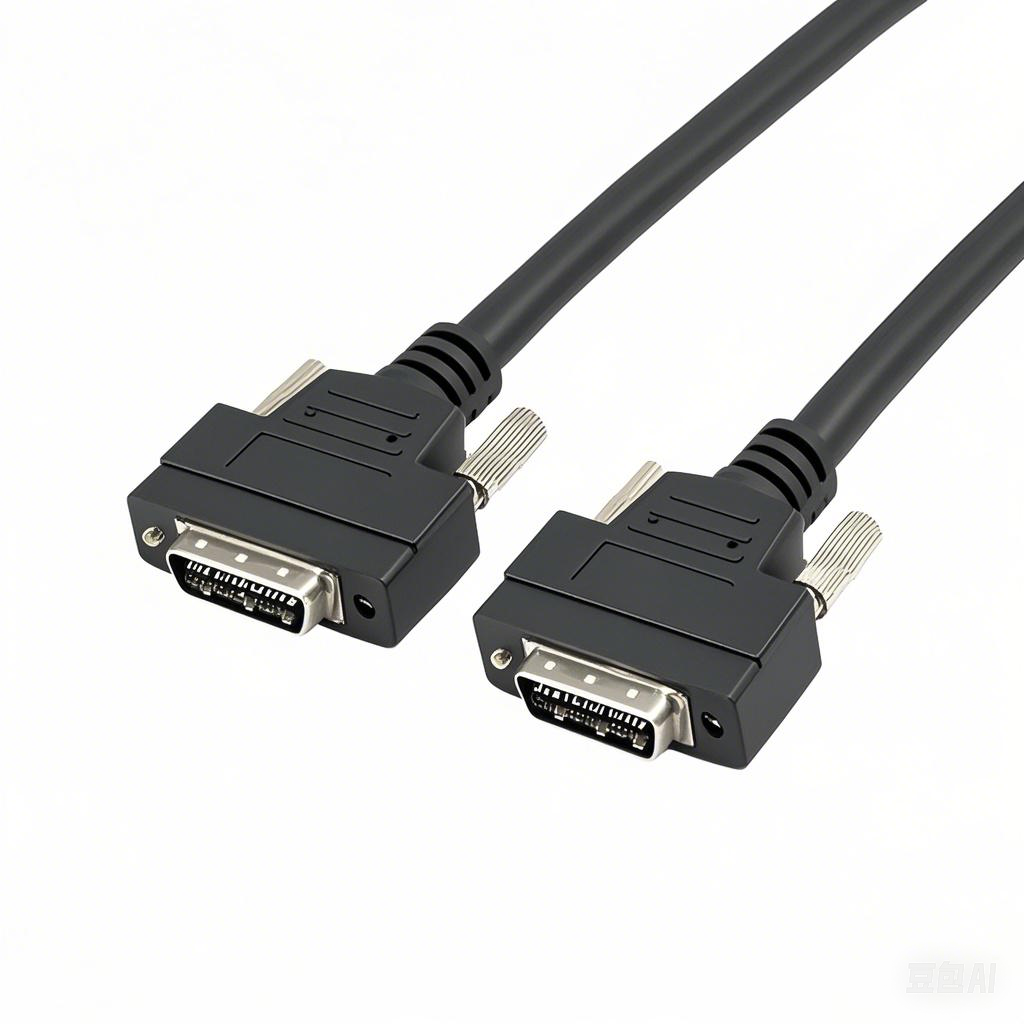How to choose the right machine cable
Selecting the appropriate machine cable is a critical decision that directly impacts the performance, safety, and longevity of industrial equipment. With a wide range of options available, it’s essential to approach the selection process systematically, considering key factors that align with your specific application needs.
First and foremost, assess the application environment. Machine cables operate in diverse conditions, and environmental factors play a significant role in determining the right cable type. High temperatures, for instance, demand cables with heat-resistant insulation materials like silicone or fluoropolymers, which can withstand continuous exposure to elevated temperatures without degradation. Conversely, in cold environments, cables with flexible jackets that remain pliable in low temperatures are necessary to prevent cracking. Moisture and chemical exposure are other crucial considerations. For wet or humid settings, cables with water-resistant jackets, such as those made from polyurethane, offer better protection. If the cable will come into contact with oils, solvents, or corrosive substances, opt for cables with chemical-resistant materials to ensure long-term reliability.
Next, evaluate the electrical requirements. The cable must be capable of handling the electrical load it will carry. Start by determining the current rating, which is the maximum current the cable can safely conduct without overheating. This depends on the cable’s cross-sectional area (gauge) and the material of the conductors, typically copper or aluminum. Copper is a better conductor and more flexible, making it suitable for most industrial applications, while aluminum is lighter and more cost-effective for low-current, long-distance uses. Voltage rating is another key factor. The cable’s insulation must be rated to withstand the voltage of the system it’s connected to, preventing electrical breakdown and short circuits. Additionally, consider whether the cable will be used in a single-phase or three-phase system, as this affects the number of conductors and their configuration.
Mechanical durability is also vital, as machine cables are often subject to physical stress. Flexibility is important if the cable will be moving, such as in robotic arms or conveyor systems. Cables designed for continuous flexing have stranded conductors and flexible jackets that can withstand repeated bending without fatigue. Resistance to abrasion is necessary if the cable will be in contact with rough surfaces or other equipment. Cables with rugged jackets, such as those made from thermoplastic elastomers (TPE) or neoprene, offer excellent abrasion resistance. Additionally, consider factors like impact resistance and tensile strength, especially in applications where the cable may be pulled or subjected to heavy loads.
Furthermore, check for compliance with industry standards and certifications. Different industries have specific regulations governing the use of machine cables to ensure safety and performance. For example, in the automotive industry, cables may need to meet standards set by the Society of Automotive Engineers (SAE), while in the food and beverage industry, cables must comply with hygiene standards such as those from the Food and Drug Administration (FDA). Certifications like UL (Underwriters Laboratories) or CE (Conformité Européenne) indicate that the cable has undergone testing and meets certain safety and performance criteria, providing added assurance of quality.
Finally, consider installation and maintenance requirements. The cable should be easy to install, with features like color-coded conductors for quick identification and compatibility with connectors and terminations. It’s also important to think about the cable’s service life and the ease of replacement. Cables that are easy to access and replace can reduce downtime and maintenance costs in the long run.
In conclusion, choosing the right machine cable requires a comprehensive analysis of the application environment, electrical requirements, mechanical durability, industry standards, and installation needs. By carefully considering these factors, you can select a cable that ensures optimal performance, safety, and reliability for your industrial equipment.











